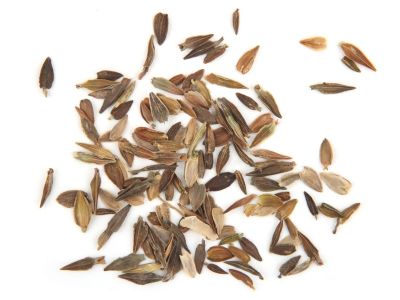How to Save Zinnia Seeds
Before gardeners are able to begin collecting zinnia seeds, they will first need to make certain the selected plants are open-pollinated. While hybrid varieties of zinnia can be quite beautiful, there is no guarantee that they will grow true-to-type from saved seed. Each bloom will also need to be allowed to fully open and remain on the plant. This means allowing for the flower head to dry completely on the plant, until it has turned brown. At this time, the flower should feel brittle or crunchy when squeezed between the fingertips. Once this has occurred, the seed pod can be removed. Zinnia seeds which have not been allowed to mature completely may not be viable or may be very difficult to germinate. Once removed, gardeners can use gloved hands to begin plucking the petals and middle florets from the flower head. As this is done, fully mature seeds should begin to fall from the ray petals, as well as the seed cone. Mature seeds will be thick and feel firm and full when gently pinched between fingertips. Lightweight or empty seed pods are likely not viable and can be discarded as the seed, chaff, and other plant matter are winnowed.
What Do Zinnia Seeds Look Like?
Those collecting zinnia seeds from flowers will notice two distinct types of seed produced from each bloom— those that are long and pointy and those which are more rounded. Long, pointed seeds are the result of pollination which has occurred at the ray petals, while rounded seeds are produced from each floret. Both types of seeds are likely to be viable, depending upon the success of pollination. Most experts suggest keeping and storing both types of seed in a cool, dark place until the arrival of spring. With a little planning, saved seed can fill the summer garden with a beautiful expanse of color.
